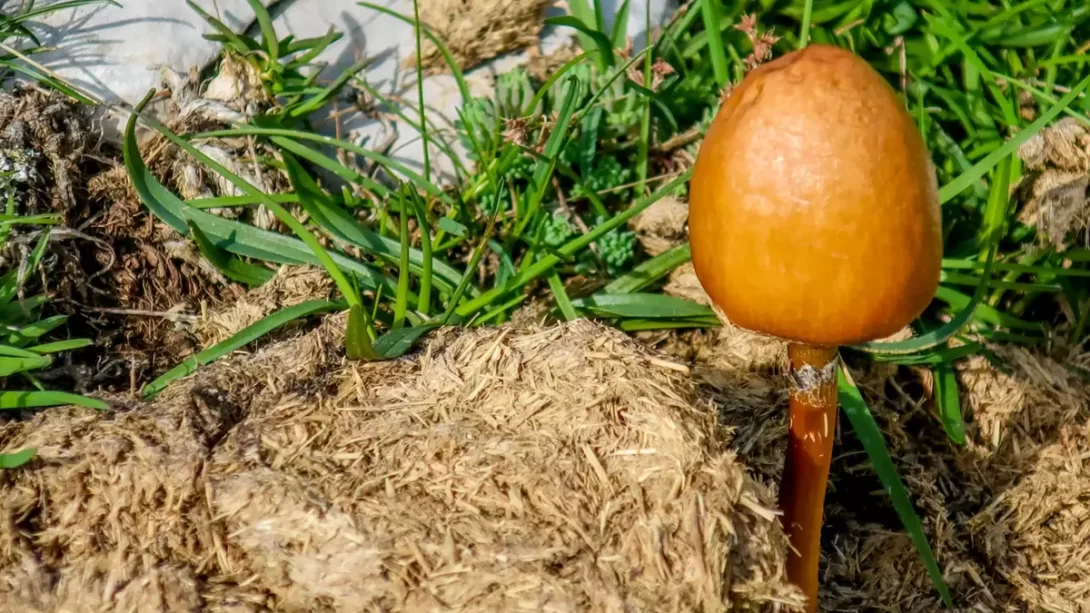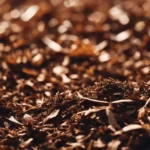Mushrooms, a fascinating and diverse group within the fungi kingdom, have intrigued people for centuries, not only for their culinary and medicinal properties but also for their unique growing habits. A common question surrounding these organisms is their relationship with manure, commonly referred to as “poop.” This article aims to explore this relationship, shedding light on how mushrooms interact with and grow in manure.
Mushrooms and Their Growth Requirements
Mushrooms are the fruiting bodies of certain fungi, emerging from an extensive underground network known as mycelium. They thrive in environments rich in organic matter, which provides the necessary nutrients for their growth. These nutrients include a complex mix of carbon, nitrogen, and other elements, often found abundantly in manure. The ideal conditions for mushroom growth also involve adequate moisture, temperature, and air exchange.
The Role of Manure in Mushroom Cultivation
The use of manure in mushroom cultivation has a long history, with its nutrient-rich composition proving beneficial for various mushroom species. Manure, particularly from herbivores like horses and cows, is commonly used in mushroom farming. It provides a balanced mix of organic materials that decompose and create an ideal substrate for mushroom growth. The type of manure and its treatment (such as composting) are crucial factors in successful mushroom cultivation.
How Mushrooms Utilize Nutrients in Manure
Mushrooms are adept at breaking down complex organic materials, a process central to their growth in manure. The mycelium, a network of thread-like structures, secretes enzymes that decompose organic matter, releasing nutrients. In manure, this process is particularly efficient due to the rich blend of decomposed plant material, providing a balanced diet of carbon, nitrogen, and other essential nutrients for the mushrooms.
The Symbiotic Relationship Between Mushrooms and Manure
The relationship between mushrooms and manure is symbiotic. As the mushrooms break down the organic matter in the manure, they contribute to the nutrient cycle, enriching the soil. This process not only benefits the mushrooms but also enhances the soil quality, making it more fertile for other plants. This symbiosis showcases the integral role of fungi in ecological systems, particularly in nutrient recycling.
Different Types of Mushrooms and Their Affinity for Manure
Not all mushrooms grow in manure, but several species thrive in this environment. Common examples include Agaricus bisporus (the button mushroom) and Agaricus brunnescens (the Portobello mushroom), both of which are widely cultivated in manure-based substrates. The affinity for manure varies among different mushroom species, with some preferring wood or other organic substrates.
Health and Safety Considerations
When it comes to consuming mushrooms grown in manure, health and safety are primary concerns. Proper composting of manure is essential to eliminate harmful pathogens and create a safe growing environment for mushrooms. It’s important to note that mushrooms absorb nutrients, not contaminants, from their growing medium. When grown, handled, and cooked properly, mushrooms from manure-based substrates are safe to eat and do not retain any harmful residues from the manure.
Guidelines for Safe Mushroom Cultivation and Harvesting
For those interested in cultivating mushrooms using manure, it’s crucial to follow certain guidelines. Composting manure thoroughly before use reduces health risks. Additionally, ensuring that the growing and harvesting areas are clean and well-maintained minimizes the chance of contamination. Washing mushrooms thoroughly before cooking is also a recommended practice.
Alternatives to Manure in Mushroom Cultivation
While manure is a popular substrate for mushroom cultivation, there are alternatives. Materials such as straw, sawdust, and composted wood chips are also used, depending on the mushroom species. These substrates can be supplemented with organic materials like coffee grounds or wheat bran to enhance nutrient content. The choice of substrate often depends on the specific requirements of the mushroom species being cultivated and the resources available to the grower.
Conclusion
Mushrooms have a unique ability to grow in nutrient-rich substrates, including manure. This relationship plays a significant role in nutrient cycling and soil health. While certain mushroom species thrive in manure, it’s crucial to handle and process it correctly to ensure safety. Alternatives to manure offer additional options for mushroom cultivation, catering to different species and grower preferences. Understanding these dynamics highlights the fascinating world of mushrooms and their integral role in ecological systems, whether in natural settings or cultivated environments.



